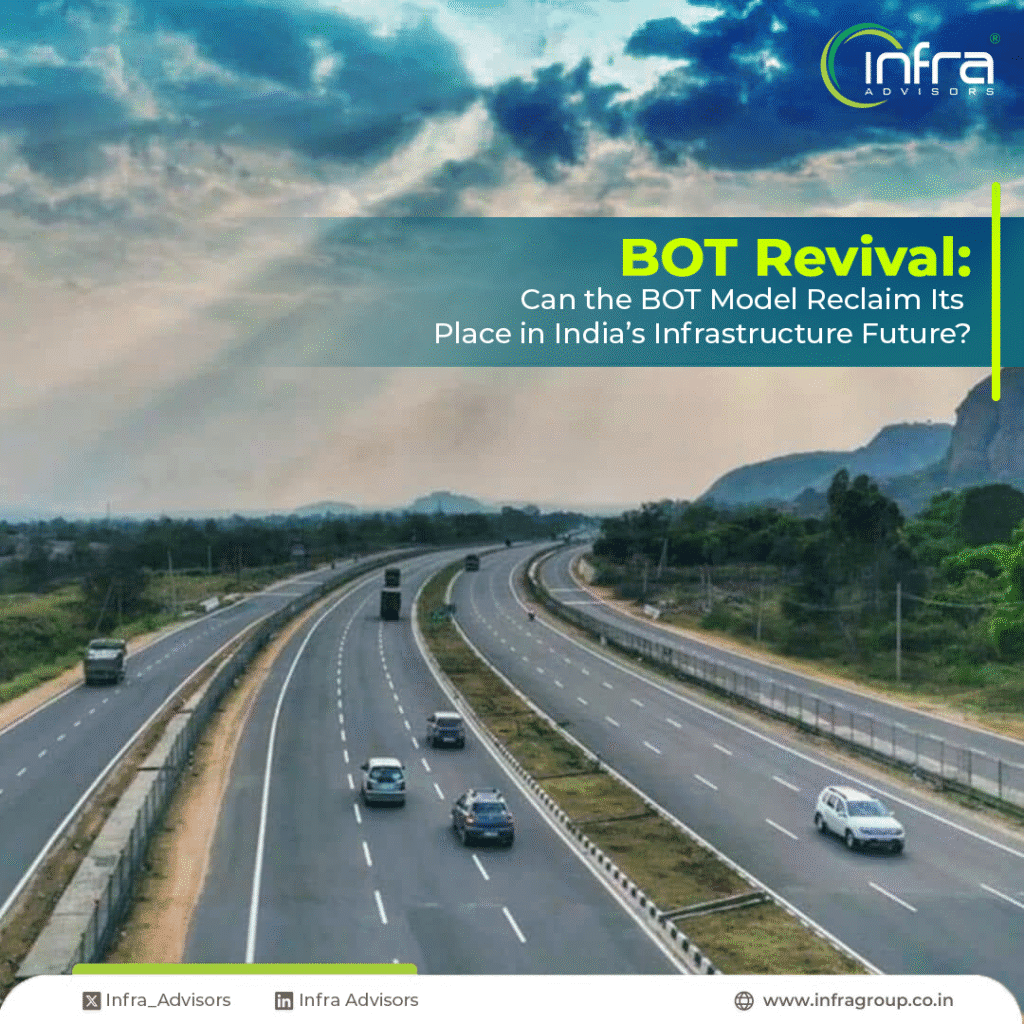Around 2015, the National Highways Authority of India (NHAI) introduced the Hybrid Annuity Model (HAM) as a strategic response to the declining interest in the Build-Operate-Transfer (BOT) model, which was then the predominant method for highway development. The BOT model had become increasingly unviable due to mounting challenges, chief among them being land acquisition delays, unrealistic traffic projections. This laid to general aversion from lenders and developers. HAM was designed to address these issues by sharing risk more equitably between the government and private players.
The HAM model significantly accelerated road project implementation and played a crucial role in sustaining infrastructure development during the COVID-19 crisis. However, HAM also brought with it a fixed annuity payment obligation for NHAI, placing a long-term financial burden on the authority. To meet these commitments, NHAI had to resort to various funding mechanisms, including heavy borrowing. This growing annuity liability has now become a matter of concern, prompting a reconsideration of the model’s long-term sustainability.
As a result, there is a renewed push from the government and the broader infrastructure ecosystem to reintroduce the BOT model. Unlike HAM, BOT does not require the government to make long-term financial commitments, making it a seemingly more sustainable option in fiscally constrained times.
However, before making a full transition back to BOT, it is essential to transparently analyze the reasons behind its earlier failure. Apart from delays in land acquisition and environmental clearances, a critical issue was the mismatch between projected and actual traffic volumes. These discrepancies arose due to flawed base traffic estimates and growth rate projection, emergence of competing routes, and network realignments. Furthermore, NHAI’s limited willingness to address these challenges led to significant losses for developers, thereby eroding trust in the BOT model.
The key question now is: what has changed on the ground that could renew developer interest in BOT projects? Infrastructure advisors suggest that while the BOT model does offer attractive investment opportunities for developers and fund houses, its success hinges on a supportive ecosystem and a well-calibrated risk-reward framework.
Going forward, if NHAI and the government can ensure more reliable traffic forecasting, timely clearances, and an effective dispute resolution mechanism, the BOT model could see a revival this time on stronger foundations. A careful, transparent reassessment is critical to ensure we do not repeat past mistakes and instead build a more resilient and investor-friendly infrastructure development framework.
As we stand in 2025, one can only hope that we, as a nation, have learned from past missteps and avoid steering the critical road sector back onto a precarious path where recovery is both costly and painful.


